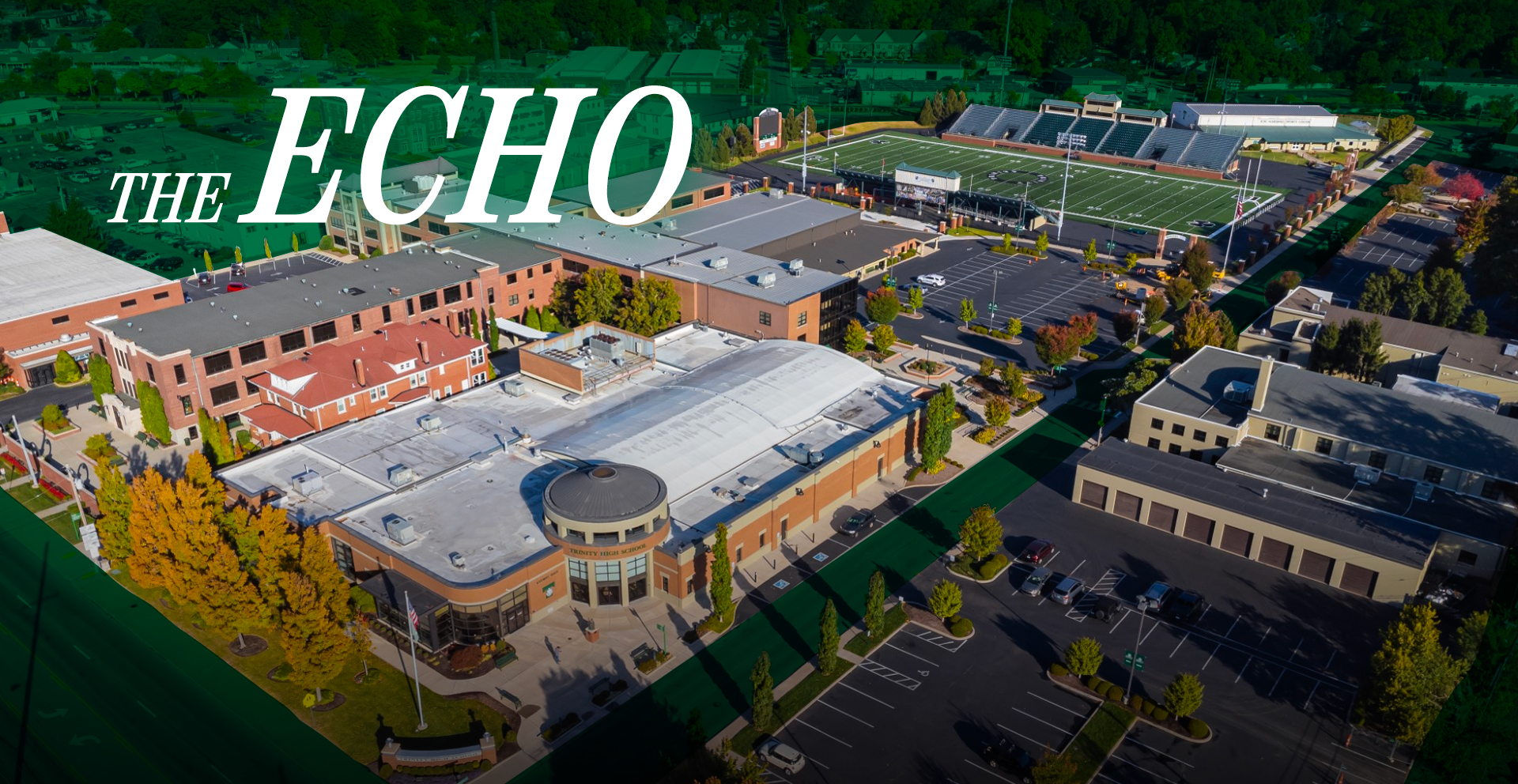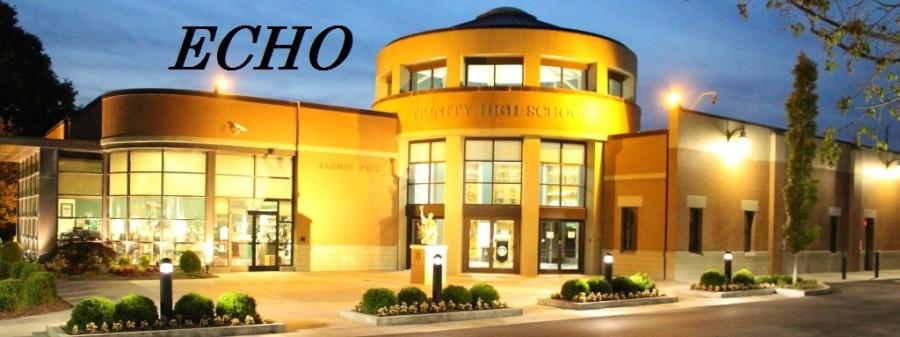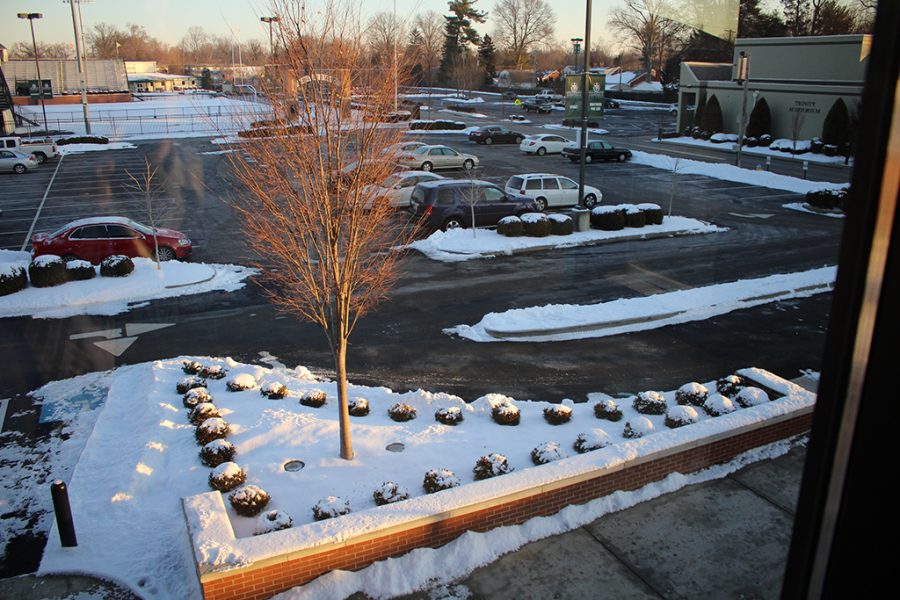Trinity High School’s computers contain much more than just the Internet and a place to get last-minute homework done. Trinity has a system that allows students and teachers to work simultaneously, but within different networks. What are the advantages of having these networks? They save bandwidth and time, and provide a back-up system if one network crashes. But an even cooler fact about the student network: It was created by Trinity students. The student network began in 2002 when Trinity’s Cisco Academy decided to test their skills at creating a functioning network. Trinity students set up wiring, rewired and planned out the paths for each wire. All of this wiring became the Trinity student network. Mrs. Mary Mason, who teaches computer applications, networking and programming at Trinity, said there was a group of about five guys who were really interested in the subject. They worked during class, after school, and even over the summer to finish their work. But there was no way Mason–or anyone for that matter–could have anticipated what the network has become. A network that started by connecting the computers solely in a lab has now expanded to nine different computer labs all across the school, connecting between 250-300 different computers. Networking is still being taught to students today through the Cisco Academy. “The Cisco Academy is a two-year, four-semester class at Trinity. It teaches students the basic and the intricate parts about networks and the Internet,” current Cisco student Kyle Thomsen said. The Academy does more than teach, though. Students who graduate from the program and pass a Certification Exam at a testing center receive Cisco Certified Network Associate certification. “In this program you learn the basics of how to set up and maintain a network, both wired and wireless,” Mason said. When asked how necessary computers and the network will be in the coming years, Trinity Network and Development Specialist Mr. Michael Price answered “critical. (But) the student network won’t expand as much as cloud computing.” He said the number of computers will increase because they are getting more integrated into classes, which will be a big step for many teachers. There may soon be less work in an actual textbook and fewer notes taken on actual paper, but more electronic work. Whatever direction technology takes, Trinity students will no doubt continue to help shape it.
Categories:
Cisco students had hand in creating student network
February 27, 2012
0



